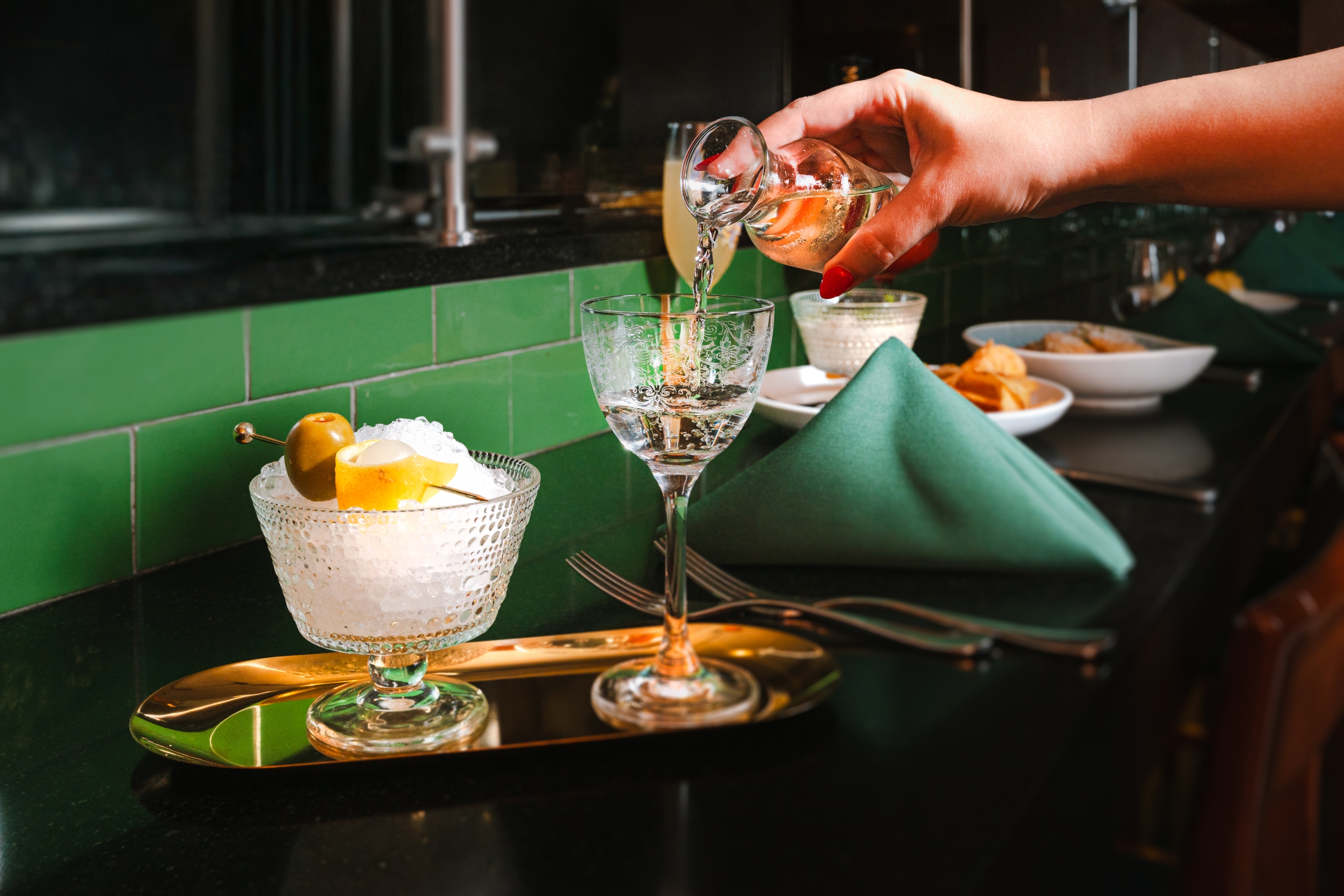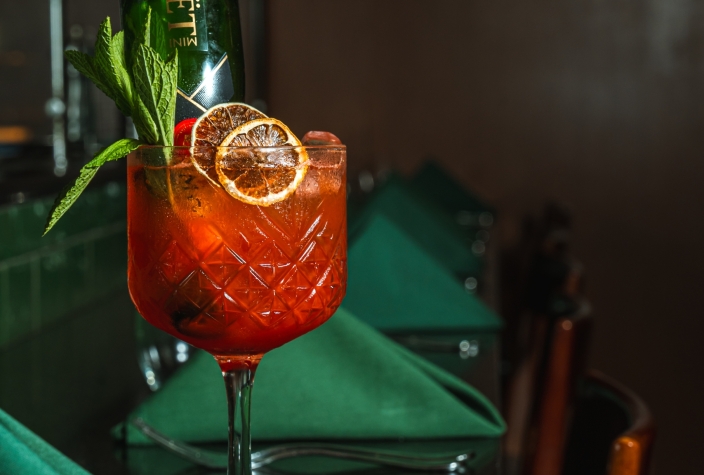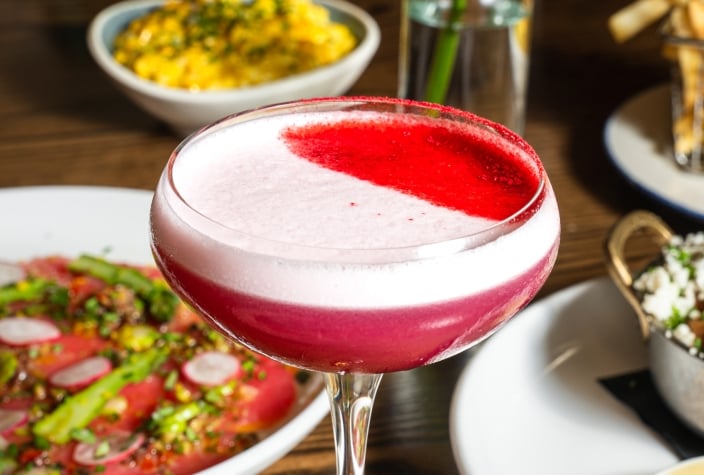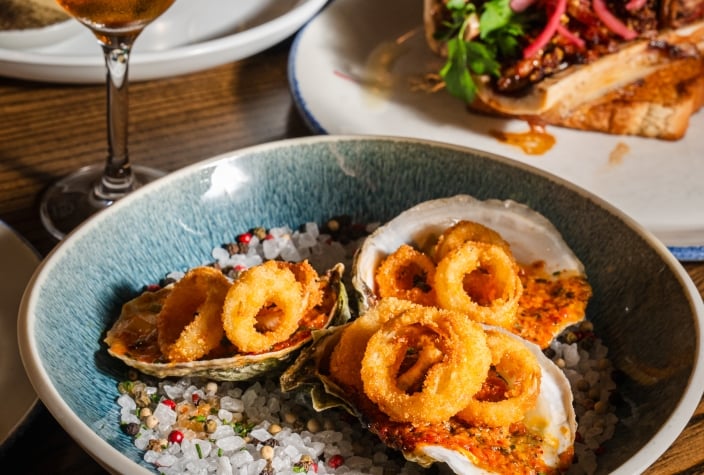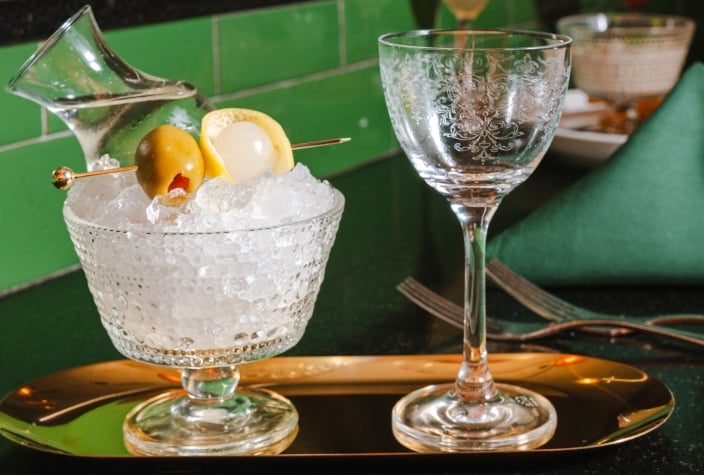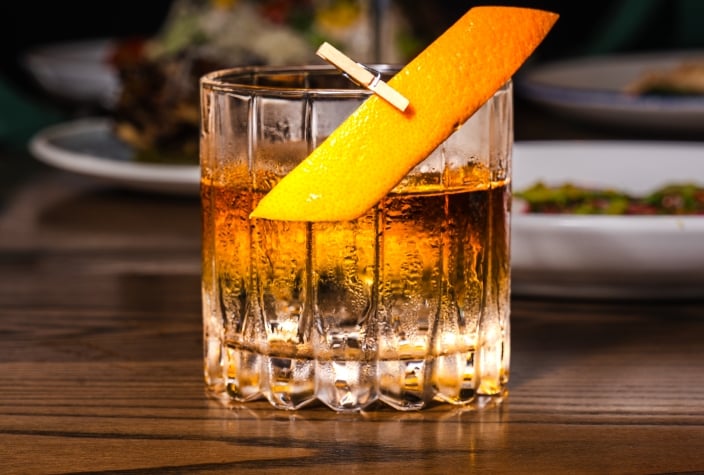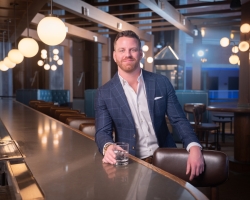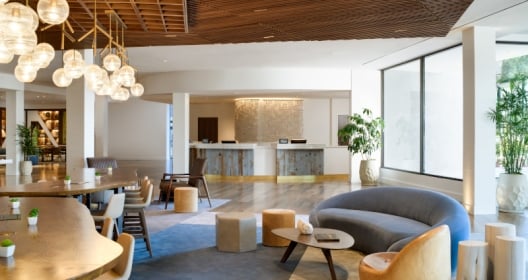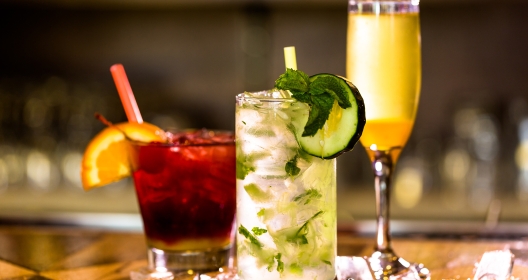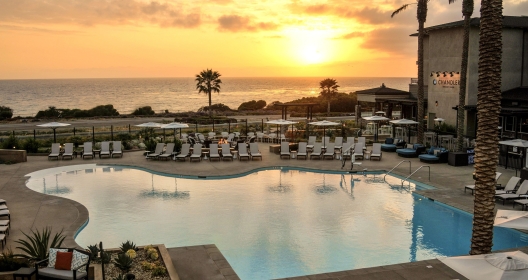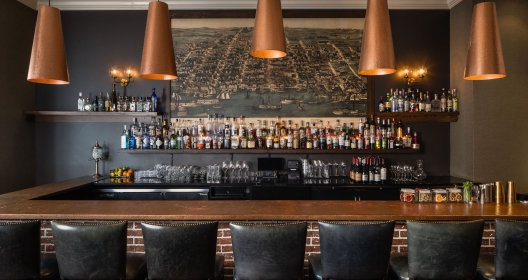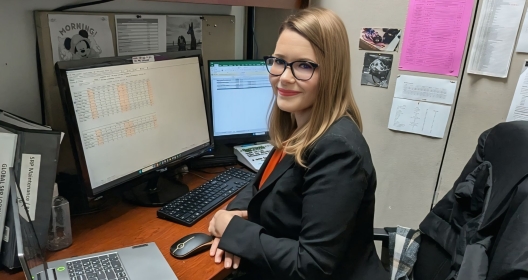
Optimizing bar revenue through experience enhancements; operational excellence, and cost controls
Oct 13, 2025
In an ever expanding and evolving industry, we are often asked the question “How do we stay ahead of the competition?”
And it is as simple as offering an experience, a story and making an impact on a guest that keeps them delighted. When this magical moment happens, it will naturally grow into more business. Whether it’s from word of mouth, recommendations, or posted about on social media, we, the hospitality professionals, have the pleasure of serving guests and making someone’s day just a little bit better.
Not only does the food need to be amazing, the service needs to be on point, but the bar experience does as well. Here, we have identified some opportunities in the bar space that can enhance the guest experience.
First thing to discuss is the topline goal, making something that is a truly marketable experience. One form that has been on the rise is adding a tableside element to the bar program. This creates engagement with the guest and can add revenue to the beverage topline. For example, serving a martini at $17 or offering a martini service with garnish choice, and a presentation like the one in the picture for $21. It reflects the same ingredients, but the perceived value and showmanship makes it more.
Also, little added touches such as changing the typical knotted bamboo cocktail pick to a metal skewer, the regular black beverage napkin to an upscale My Drape linen-like napkin. Once the feel of your bar program is more luxurious, you can add $1 or $2 to cocktail prices.
The next thing to add to your bar program is a signature or statement cocktail. Think of the “wow factor” cocktail that people see going through the dining room and need to order. For example, this picture shows a Mini Moet bottle in the glass which adds something different to the classic spritz. This is a cocktail that if seen in the dining room is going to demand attention.
Alongside activations and programming of the bar to create an experience, in order to drive bottom line profits, you need consistency in your program. This means having a structured program using jiggers and batching to ensure quality in the product being distributed.
Lastly is evaluating the data of the sales mix, costs, and sale price. This should be completed 30-45 days after a menu is launched in the form of menu engineering. Determine where you can increase pricing on top selling items while changing out low selling items.
Consider keeping your specialty cocktails moderately priced since those are labeled on the menu, but increasing call drinks such as a “Tito’s and Club”. This will give the first impression that you are not overly high priced and more approachable.
Overall, curating a well-run bar program is a balance of consistency, showmanship, and creativity.



